By way of the Child Abuse Prevention and Treatment Act, ProPublica and The Boston Globe requested records from each state. They compiled the many documents into a single dataset:
In each record, CAPTA requires states to list the age and gender of the child, and information about a household’s prior contact with welfare services. The information is supposed to help government agencies prevent child abuse, neglect and death, but reporting across states is so inconsistent that comparisons and trends are impossible to identify. ProPublica is releasing the data we’ve collected as a minimum count of child fatality records in the United States. Researchers and journalists can download the full records with summaries at the ProPublica Data Store.
Unfortunately, not all state agencies are compliant, but it’s a start.
Also, Jessica Huseman of ProPublica discussed some of the emotional challenges of working with such sensitive data.

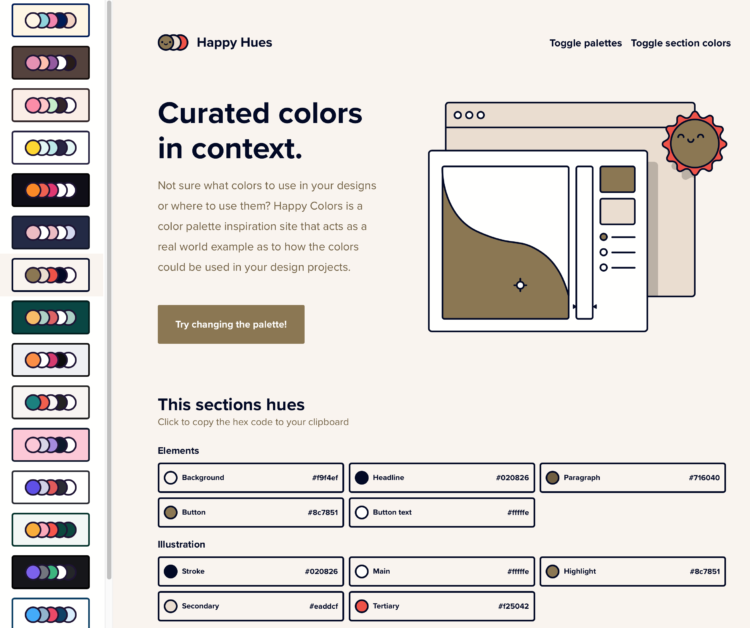
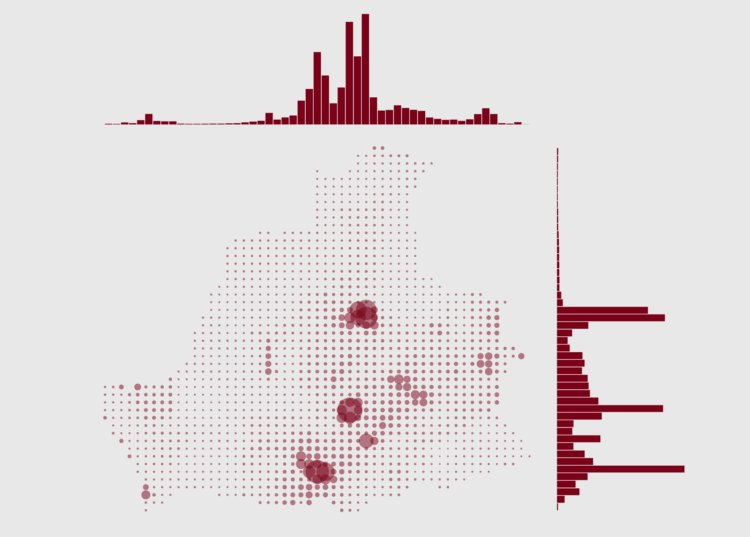
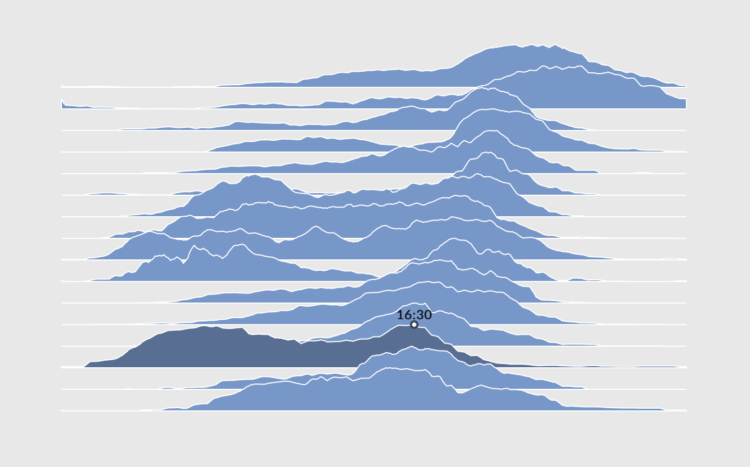
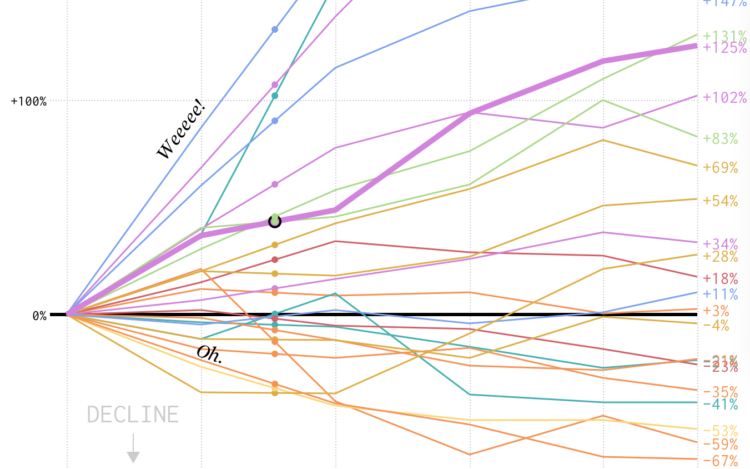
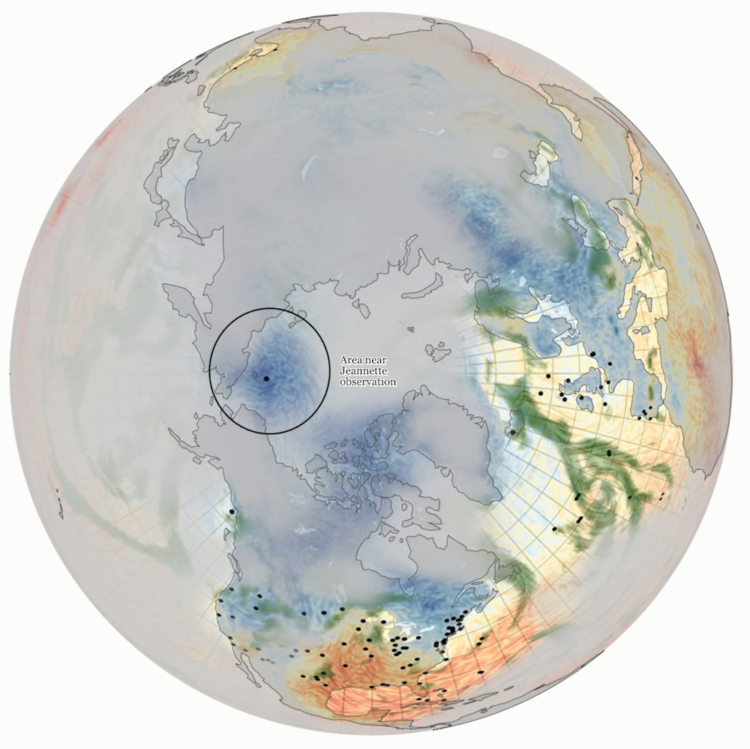







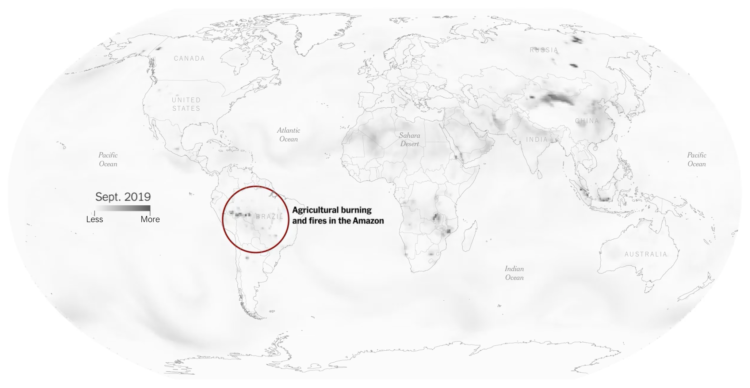


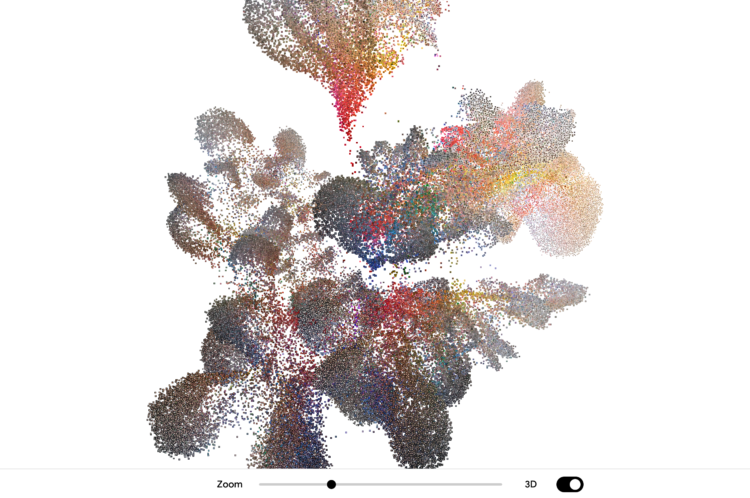

 Visualize This: The FlowingData Guide to Design, Visualization, and Statistics (2nd Edition)
Visualize This: The FlowingData Guide to Design, Visualization, and Statistics (2nd Edition)










